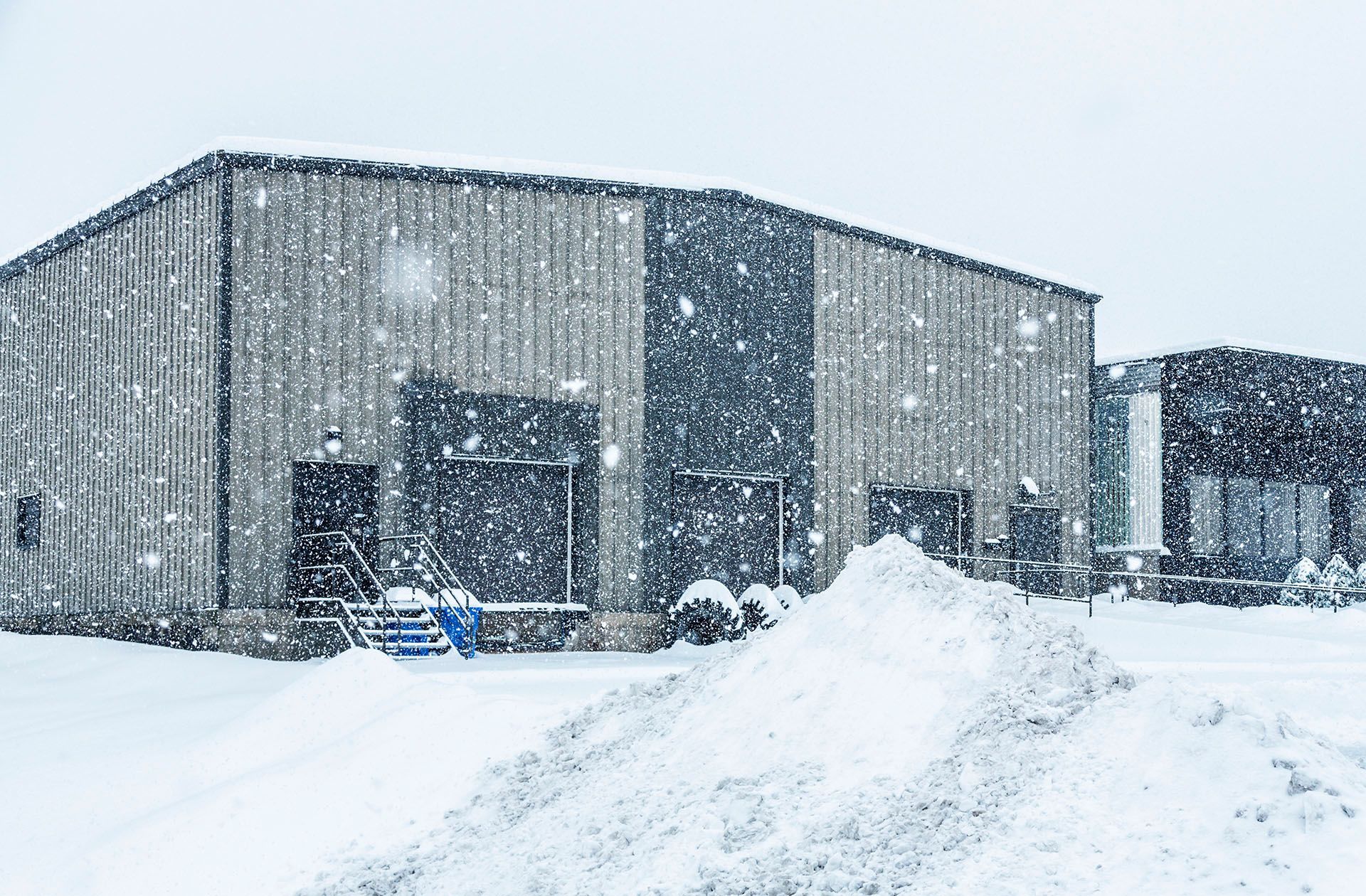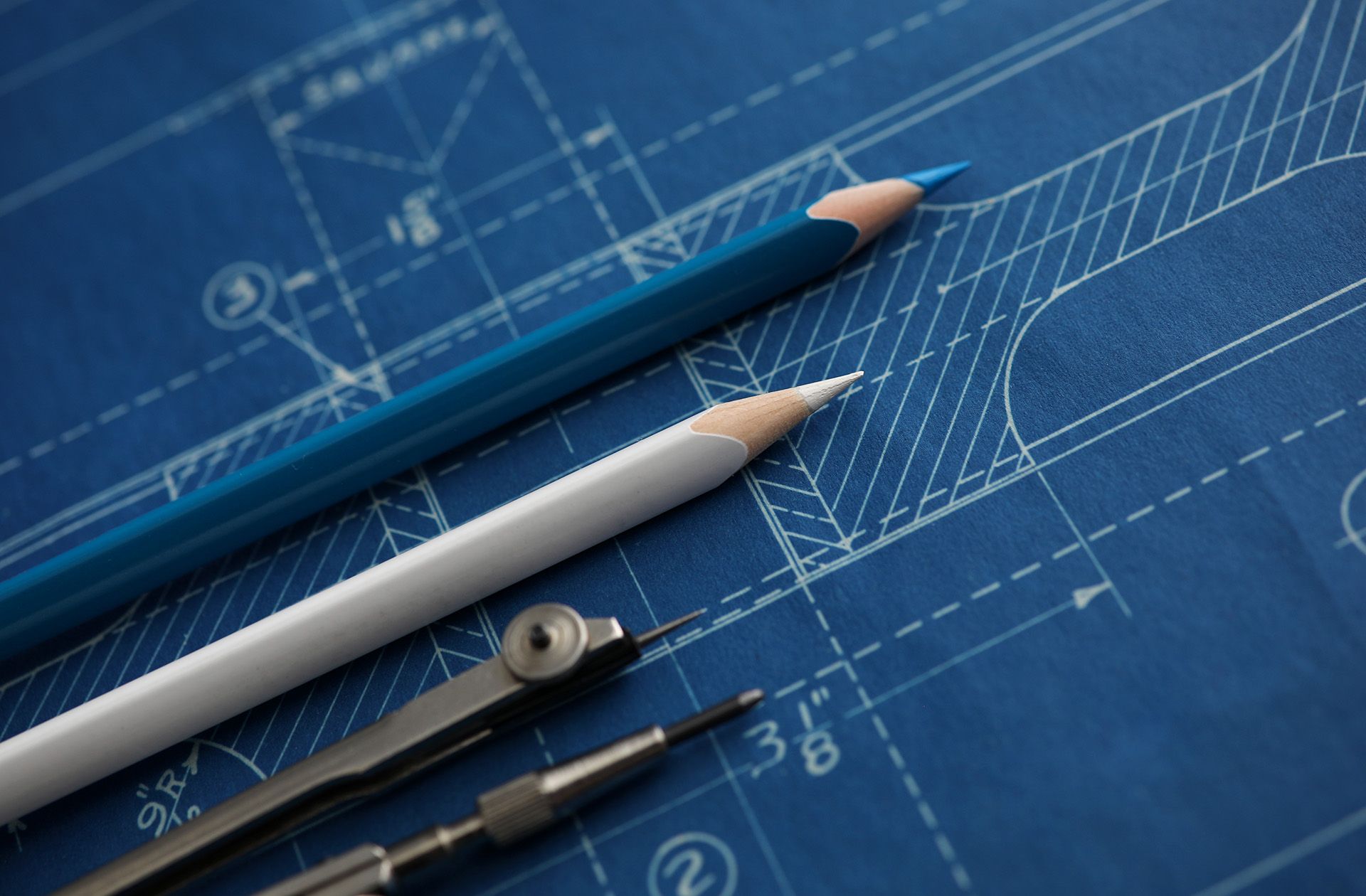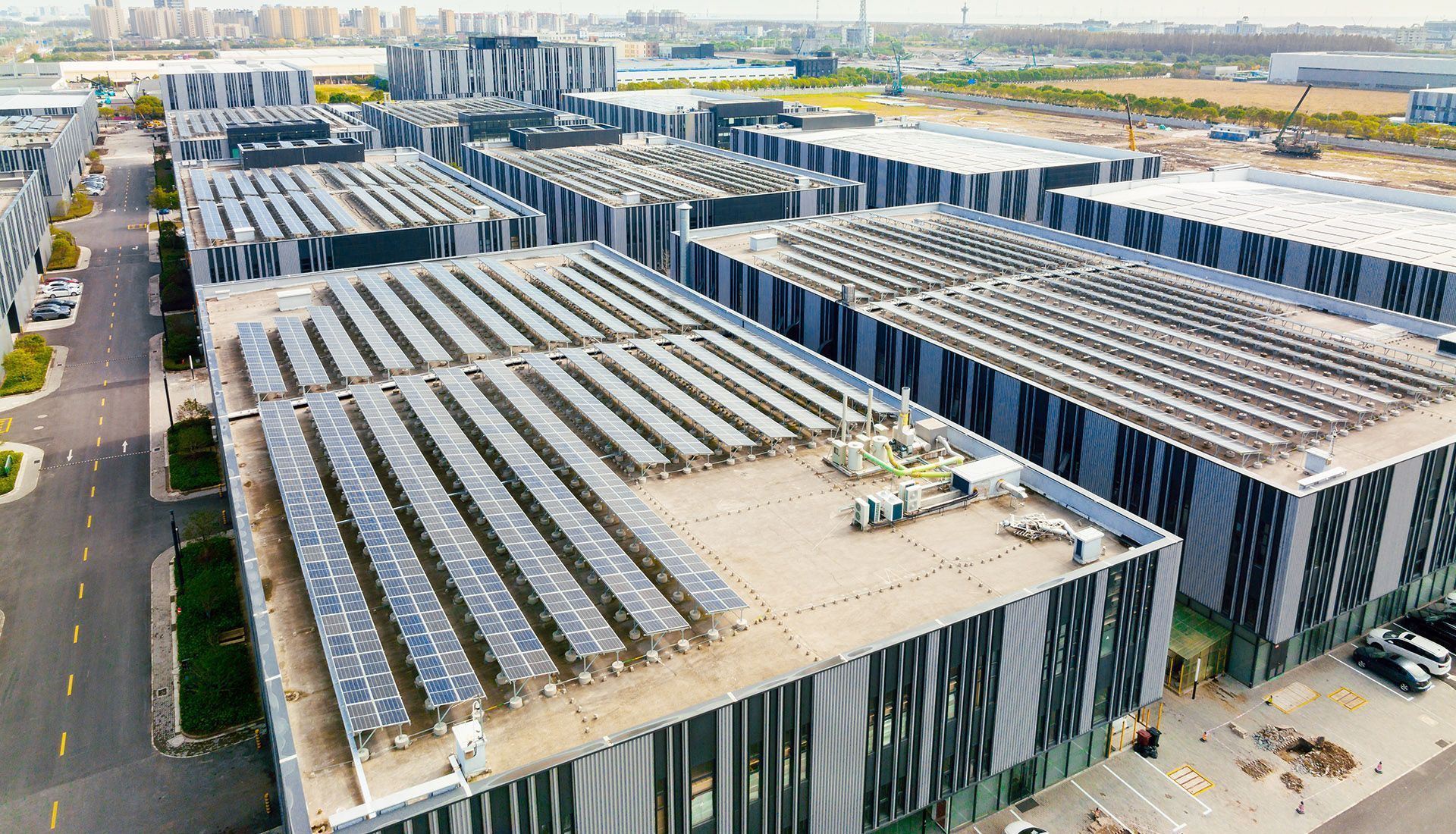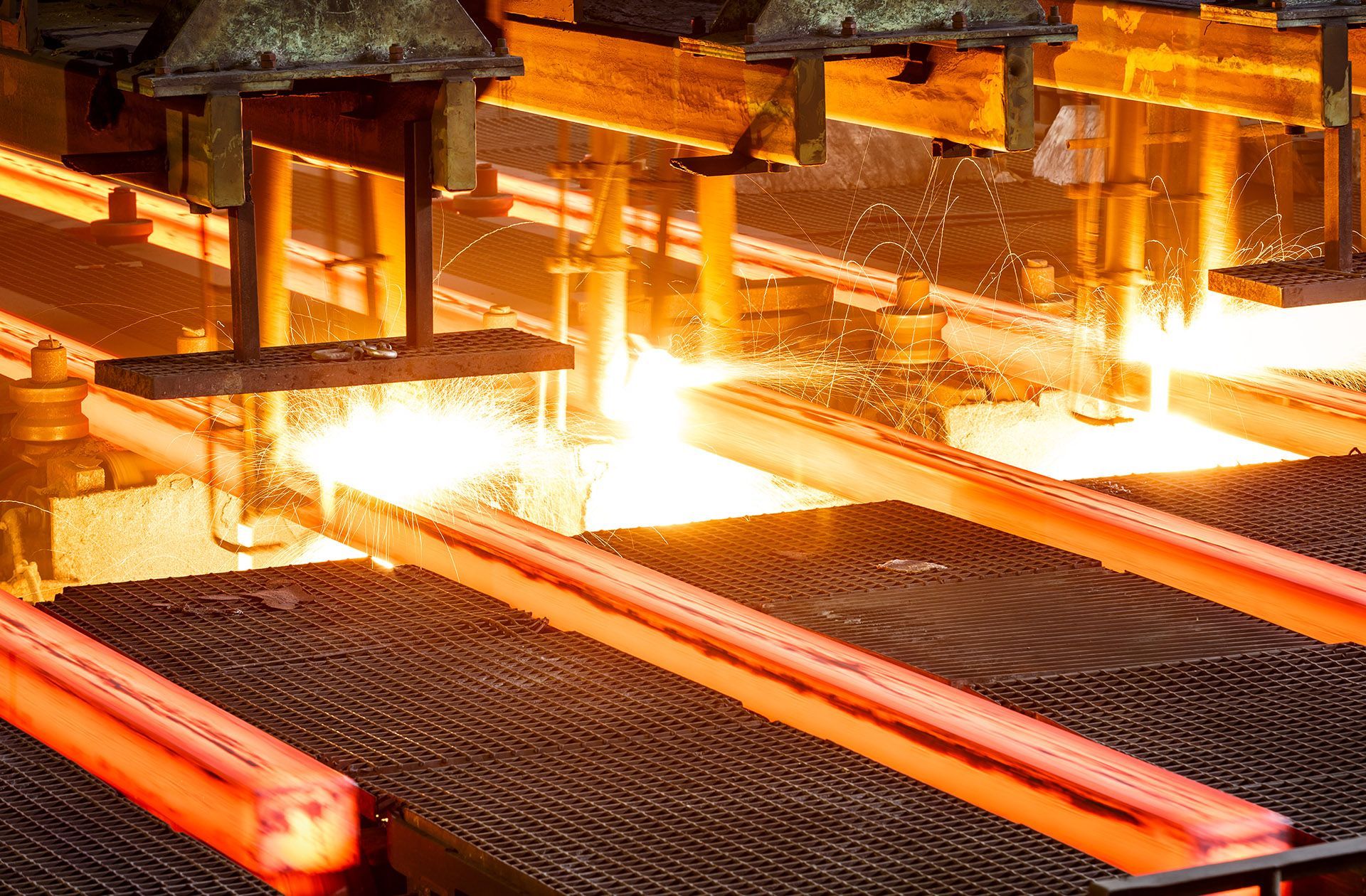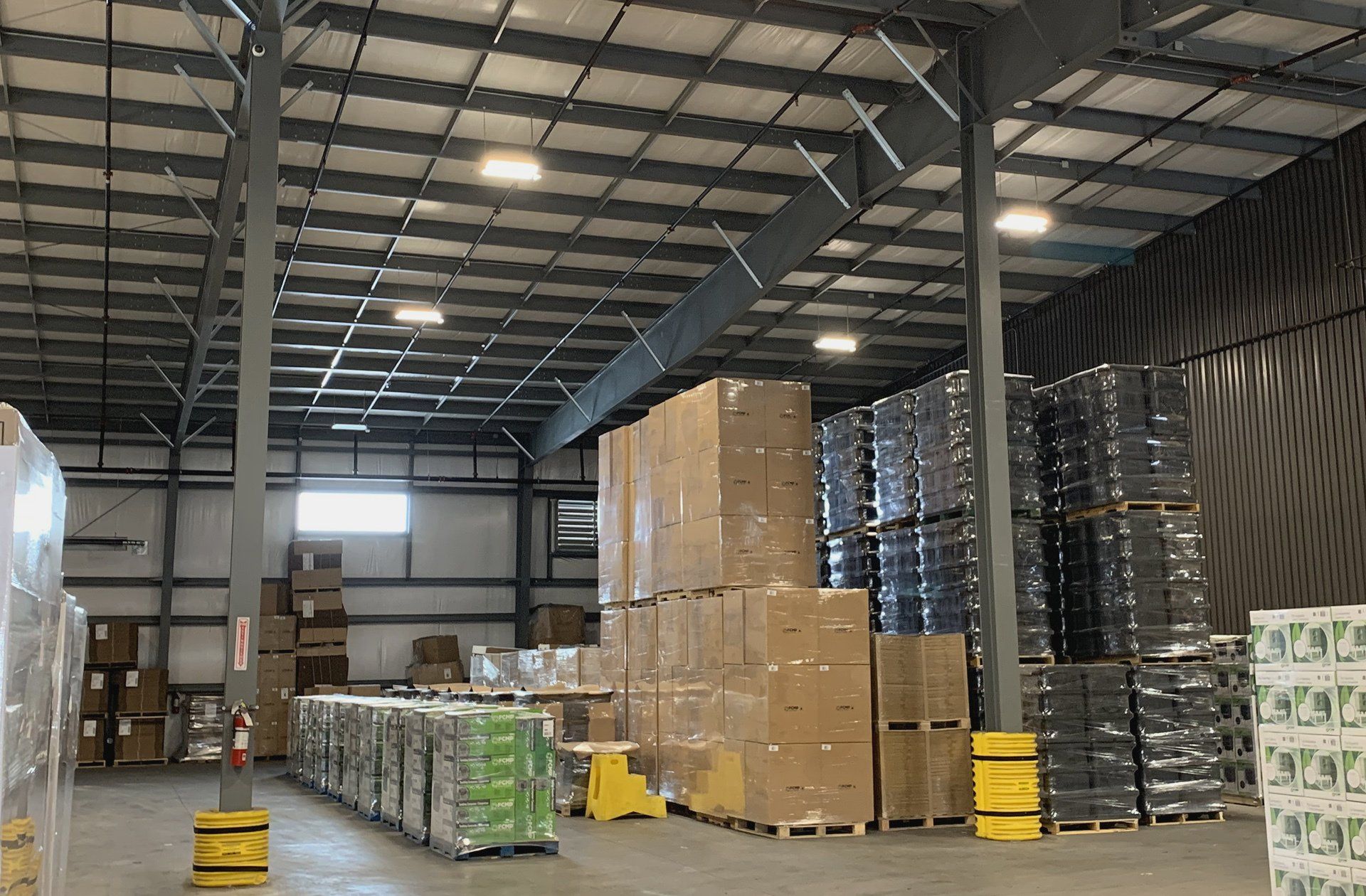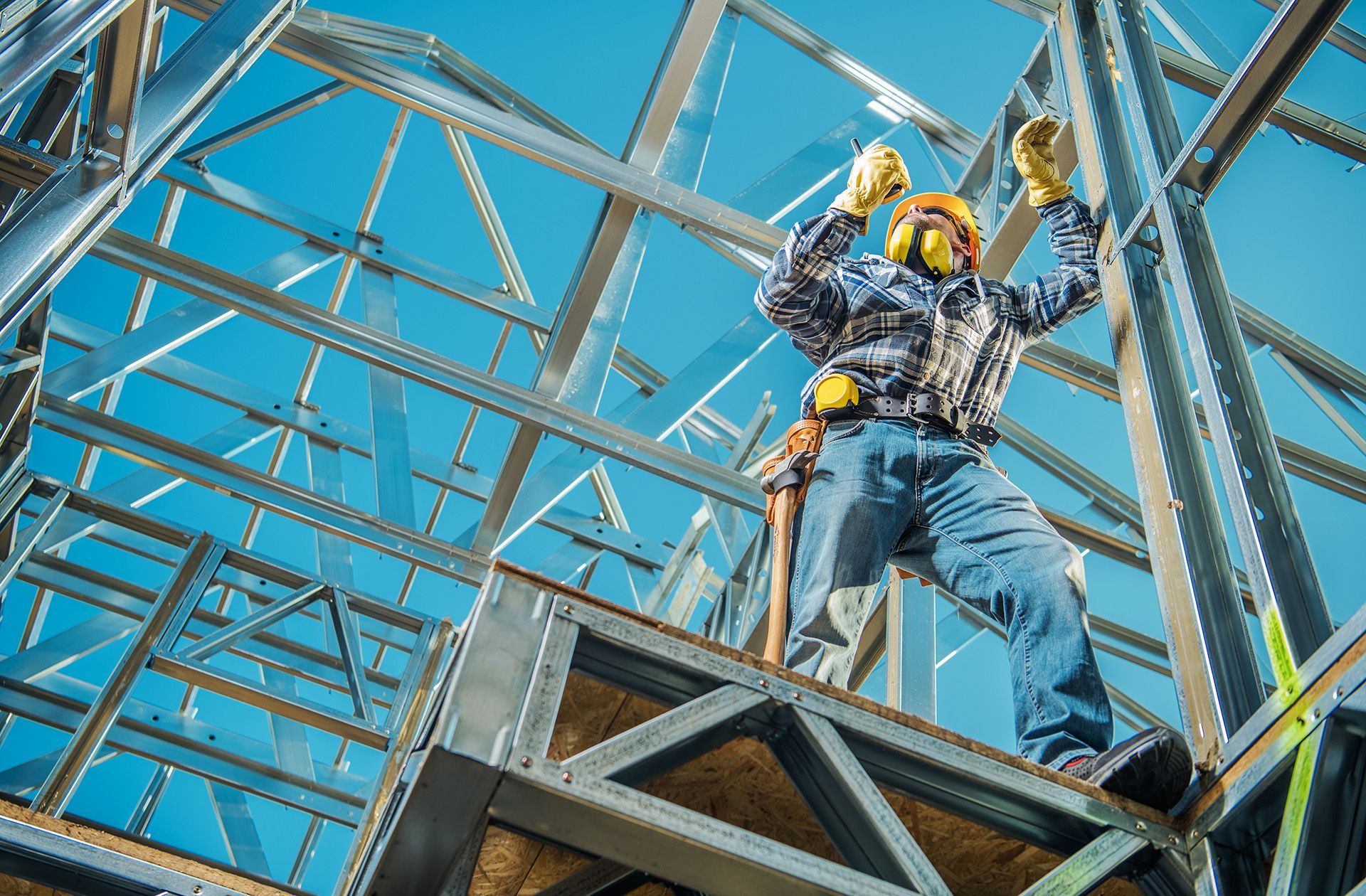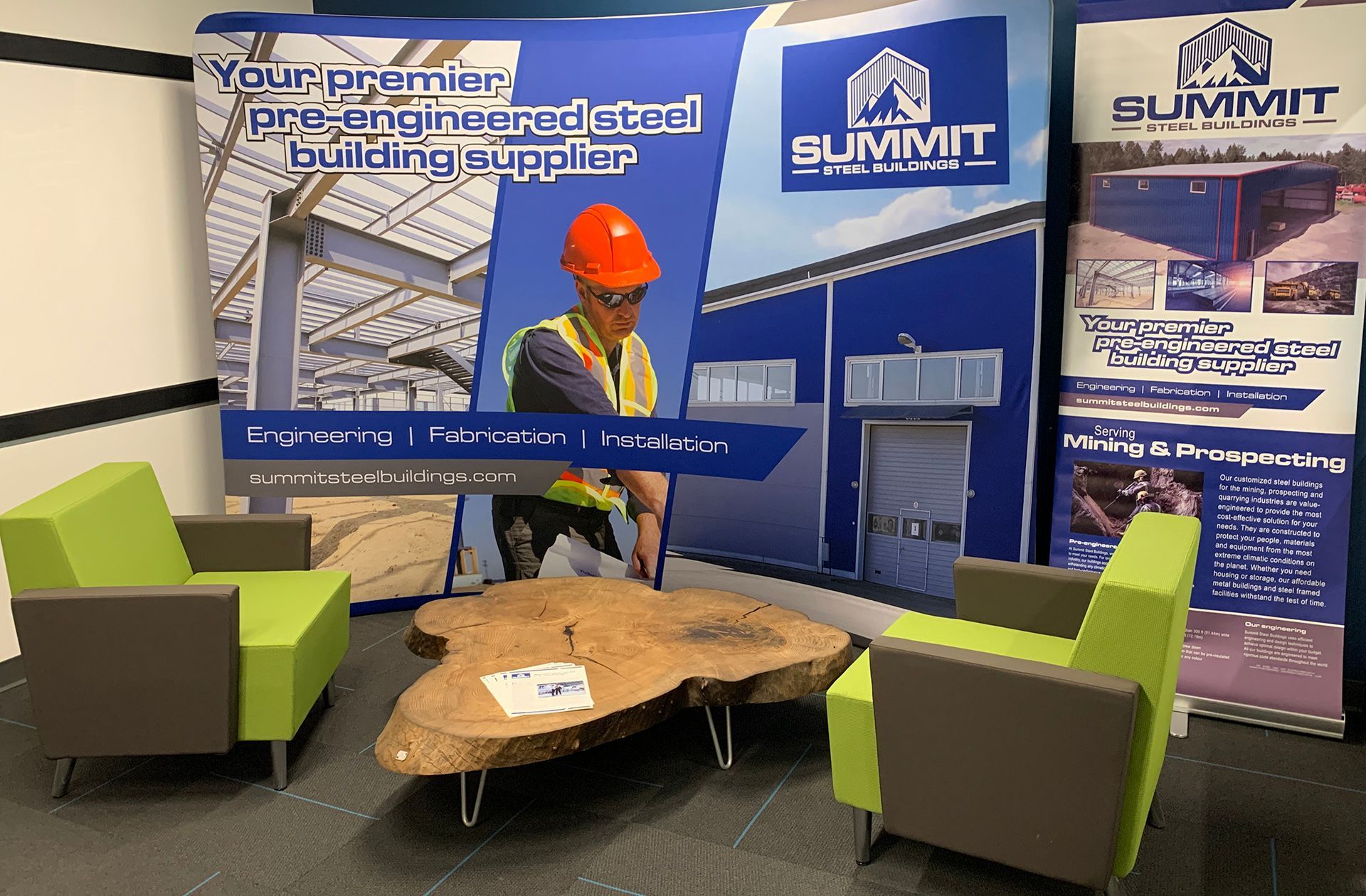Outlook for 2024 is creating an ideal economic climate for new manufacturing and industrial construction
With inflation and interest rates predicted to decline, it’s becoming opportune to invest in building your ideal manufacturing or warehouse facility…
Every company charts its own path, making the necessary course changes to meet customer demand and the needs of their industry. As each company makes these adjustments, they grow at their own rate and will eventually need to make that big change in course: the decision of whether to expand by either building a new facility or renting out a larger space if they can find one.
All companies are subject to the economic and business cycles, which typically add positive incentives to grow, or cautions that it may be time to stay put and save resources for sunnier days ahead. For industries like heavy and advanced manufacturing where materials need to be purchased long in advance, and market demand is closely connected to both micro and macroeconomic factors, understanding what to expect makes a huge difference.
The beginning of each year brings occasion to assess the upcoming year and decide if the outlook is positive for not just the company, but also for the larger economy. The good news for 2024 is that indicators for the commercial construction and manufacturing sectors is very optimistic. It may be a good time to consider that expansion you’ve been planning…
Of course, Summit Steel Buildings always recommends building your ideal facility rather than compromising with a previous company’s outdated engineering and floorplan or not getting what’s best for your company’s needs.
Why rent when you can build and get the maximum value out of a better-suited structure for life?
Early indicators of a slowly recovering Canadian economy
Canadian households and businesses have all had to contend with unprecedented inflation and interest rate increases that put significant pressure on mortgage and loan payments, while also hurting fixed-income investments.
There is room for optimism, though. The Bank of Canada has indicated a hold on interest rates and hinted at further reductions:
- “Economy to Recover in 2024 but Growth Remains Sluggish” – Conference Board of Canada
- “Canadian economy to get 'back on its feet' next year, Deloitte Canada says” – CTV News
“It's been a long time since economic data in Canada showed very much promise,” wrote CBC News. “The last 18 months have been defined by a cost-of-living crisis and a slowing economy. But a handful of economic indicators give us some hope for 2024. Inflation has slowed dramatically, and the economy didn't actually slip into recession.”
For critical industries such as advanced manufacturing and industrial production, these words bring hope. Let’s look at the economic expectations for both in 2004.
Canada continues to rely on its manufacturing sector
The manufacturing sector is a cornerstone of Canada’s economy, playing a crucial role in creating jobs, fostering innovation, and driving economic growth. The nation’s 90,000 manufacturers directly generate 9.5 per cent of Canada’s real gross domestic product (GDP), make up one-quarter of its business research and development spending, and account for 60 per cent of the country’s outbound goods. Taken together, the sector’s direct, indirect and induced impacts amount to 27 per cent of Canada’s total economic activity.
In addition, by employing 1.79 million Canadians and supporting 3.58 million more jobs through supply chain activity and employee spending, the manufacturing industry undoubtedly makes substantial contributions to communities across Canada. (Source: Canadian Manufacturers & Exporters.)
Several large manufacturing investments in 2023 are also reasons for excitement. Automotive vehicle and parts manufacturing, EV battery production and aerospace manufacturing are
expected to create thousands of jobs and to inject investment into related industries, including mining, exploration, aerospace and infrastructure. Investments by GM, Honda Canada, Stellantis, and others to produce electric vehicles and parts is a boon for manufacturers all along the Canadian supply chain.
Canadians build prosperous careers in manufacturing and skilled trades
The biggest cause for concern in growing these industries is a shortage of skilled labour. Fortunately, other partners are stepping into help shore up the gap. And the market has a way of finding good, talented people for jobs that pay well.
Governments and independent not-for-profits and private foundations appreciate the value skilled tradespeople bring to the economy and the manufacturing industry, and are activity supporting it with funding, not just words of encouragement. For instance, British Columbia has seen a huge flurry of funding to skilled trades and manufacturing skills development at the high school and post-secondary levels, including $5.5 million to BCIT, $1 million for a new manufacturing laboratory and let’s not forget the $180 million from the B.C. Manufacturing Jobs Fund that’s going to manufacturing companies to help them “modernize, innovative and grow their businesses by proving funding, including money for capital investment…”
Manufacturing pays great wages, with millwrights starting at $38.35 per hour, mechanics $39.80 per hour and electricians at $39.04. These steady and well-paying jobs are definitely worth upgrading skills as part of launching a new prosperous career.
Regardless of the economy, businesses should always invest in capital assets
What will happen with the Canadian economy is still disputed – although a drop in inflation and falling interest rates seem to be an almost certainty. With lowered borrowing costs and an increased benefit to procure and store raw materials while producers are willing to negotiate a lower price, having more space for workers, production and storage becomes so important for the bottom line and to provide more financial security. More space for your operations can be affordably created with an investment in real estate and capital assets, like manufacturing buildings.
As you and your management team ready your business and strategic plans for whatever happens with the economy 2024, you’ll want to look at your long-term growth plan. You’ll quickly discover that owning your own manufacturing facility, with a building system that allows for affordable and flexible expansion is the smart path to choose. When you’re ready, contact our team at Summit Steel Buildings. We're excited to learn more about your business and how we can provide you with a custom building solution suited for your future needs. Call us at 877-417-8335 or email us at info@summitsteelbuildings.com for a free quote and to receive your preliminary drawings.
About the author
Darren Sperling has specialized in the engineering and delivery of pre-engineered steel buildings for over 15 years and has experience in over 20 countries worldwide. He can be contacted at Summit Steel Buildings at (877) 417-8335, by email at darren.sperling@summitsteelbuildings.com or on LinkedIn.


